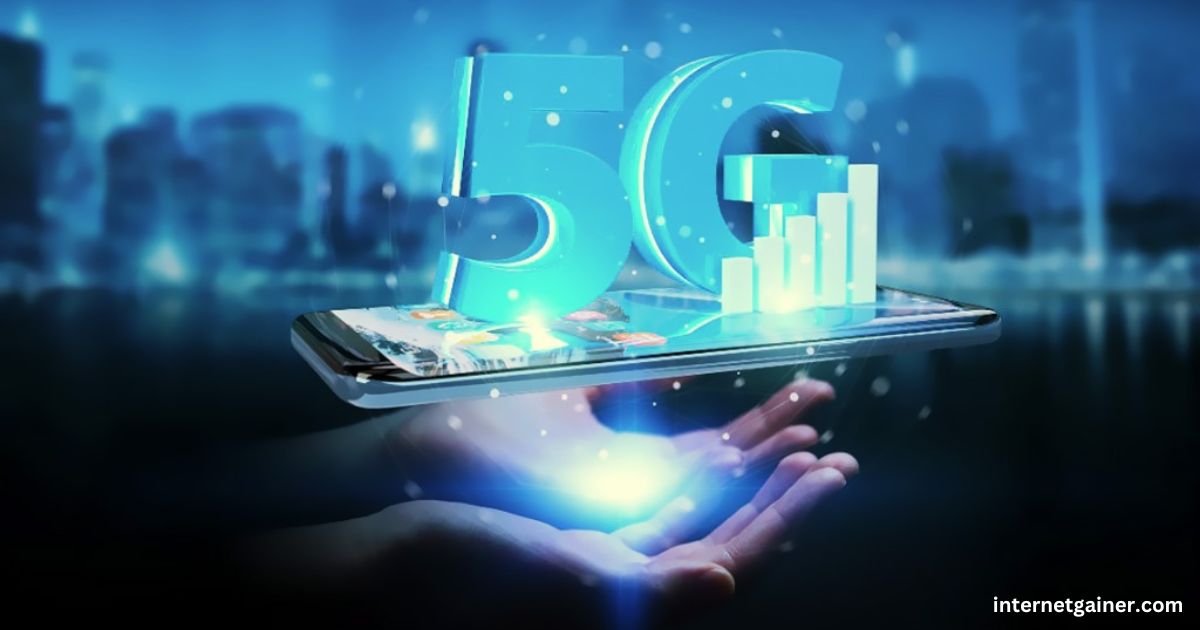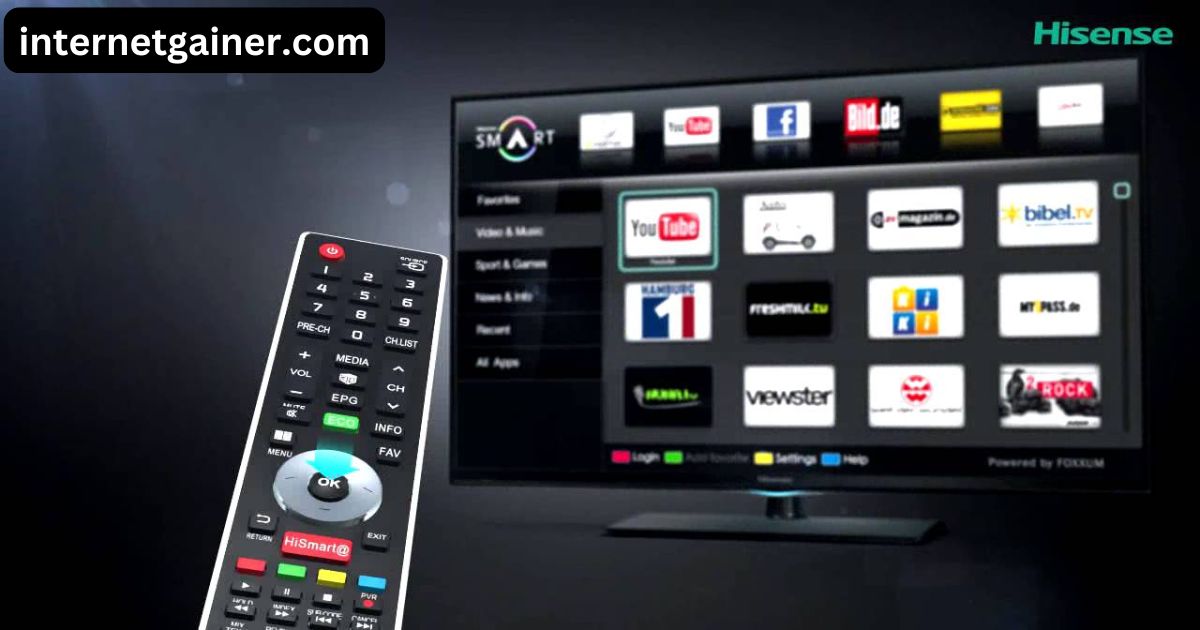Hello, how are you? I hope you are happy in life, welcome to our blogs! I hope you like this article of mine. I try to share with you about 5g Internet in every article.
I always try to share with you the knowledge that no blogger has given you before today. Let’s go ahead and get complete information about Using 5G Internet.
Introduction
The advent of the 5G internet is a monumental leap in the evolution of global tInternetnications. More than just an incremental upgrade over its predecessor, 4G LTE, the fifth-generation cellular network introduces transformative possibilities across industries, paving the way for unprecedented speed, connectivity, and efficiency.
This article explores the core aspects of 5G technology, its real-world applications, challenges, and what the future holds for a world powered by 5G.
Understanding 5G: The Basics
At its core, 5G (fifth-generation) internet is designed to deliver faster speeds, lower latency, and a more reliable connection. Technologically, it operates on three main spectrums:
- Low-band spectrum: Offers broad coverage and is ideal for rural areas but has limited speed capabilities.
- Mid-band spectrum: Strikes a balance between speed and coverage, making it suitable for urban areas.
- High-band spectrum (millimeter waves): Provides ultra-fast speeds and low latency but is limited in range and requires closer proximity to 5G towers.
With peak download speeds potentially reaching 10 Gbps and latency as low as 1 millisecond, 5G is poised to transform digital interactions in ways unimaginable just a decade ago.
Applications of 5G in Everyday Life
The deployment of 5G internet is not just about faster smartphones or streaming ultra-HD videos seamlessly. It has far-reaching applications that will redefine industries and improve the quality of life.
1. Smart Cities and Infrastructure
5G enables smart cities by supporting a massive network of IoT (Internet of Things) devices. From real-time traffic management systems to energy-efficient smart grids, the low latency and high reliability of 5G enhance urban planning and sustainability.
2. Healthcare Innovations
Telemedicine, remote surgeries, and wearable health-monitoring devices stand to benefit immensely. With 5G, surgeons can operate robots remotely with near-instant feedback, while patients in remote locations can access high-quality medical consultations.
3. Autonomous Vehicles
Self-driving cars require split-second data transmission to communicate with surrounding vehicles, infrastructure, and traffic systems. The ultra-low latency of 5G makes this possible, paving the way for safer and more efficient transportation systems.
4. Enhanced Entertainment Experiences
From immersive virtual reality (VR) to augmented reality (AR) gaming, 5G provides the bandwidth and speed required for an unmatched entertainment experience. Streaming platforms can offer 8K resolution content without buffering delays.
5. Industrial Automation
Factories and warehouses are becoming smarter with 5G-enabled robotics, predictive maintenance systems, and real-time monitoring. This boosts efficiency and reduces operational costs significantly.
The Challenges of 5G Implementation
While 5G promises a bright future, its adoption is not without challenges. These include:
| Challenge | Explanation |
|---|---|
| Infrastructure Costs | Building the required network of 5G towers and antennas is expensive and time-consuming. |
| Spectrum Allocation | Ensuring adequate allocation of spectrum bands requires regulatory coordination and investment. |
| Limited Coverage | High-frequency bands struggle with penetration and coverage in rural or densely packed areas. |
| Device Compatibility | Many existing devices are not compatible with 5G, necessitating hardware upgrades. |
| Cybersecurity Risks | Increased connectivity raises the risk of sophisticated cyberattacks and privacy breaches. |
The Future of 5G: Beyond Connectivity
The true potential of 5G extends far beyond enhanced internet speeds. Its integration with AI, machine learning, and edge computing opens up limitless possibilities. For instance:
- 6G Research: Although still in its infancy, early research into 6G envisions speeds of up to 1 Tbps, along with advanced AI integration.
- Green Technology: 5G networks are being designed with energy efficiency in mind, contributing to more sustainable technological ecosystems.
- Space Connectivity: Companies like SpaceX aim to integrate satellite networks with 5G, ensuring global connectivity even in remote areas.
Conclusion
5G is not just a technological upgrade; it is a paradigm shift that bridges the digital and physical worlds. While challenges remain in its widespread adoption, the benefits it brings—ranging from smarter cities to life-saving healthcare applications—are undeniable.
As we embrace this revolutionary technology, the future of connectivity looks brighter, faster, and more interconnected than ever.
The journey to a fully 5G-enabled world is still unfolding, but one thing is certain: 5G will redefine how we live, work, and connect.



